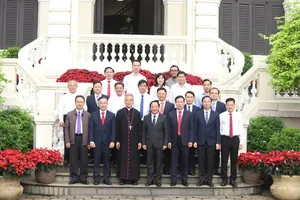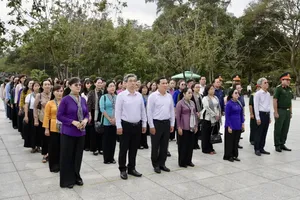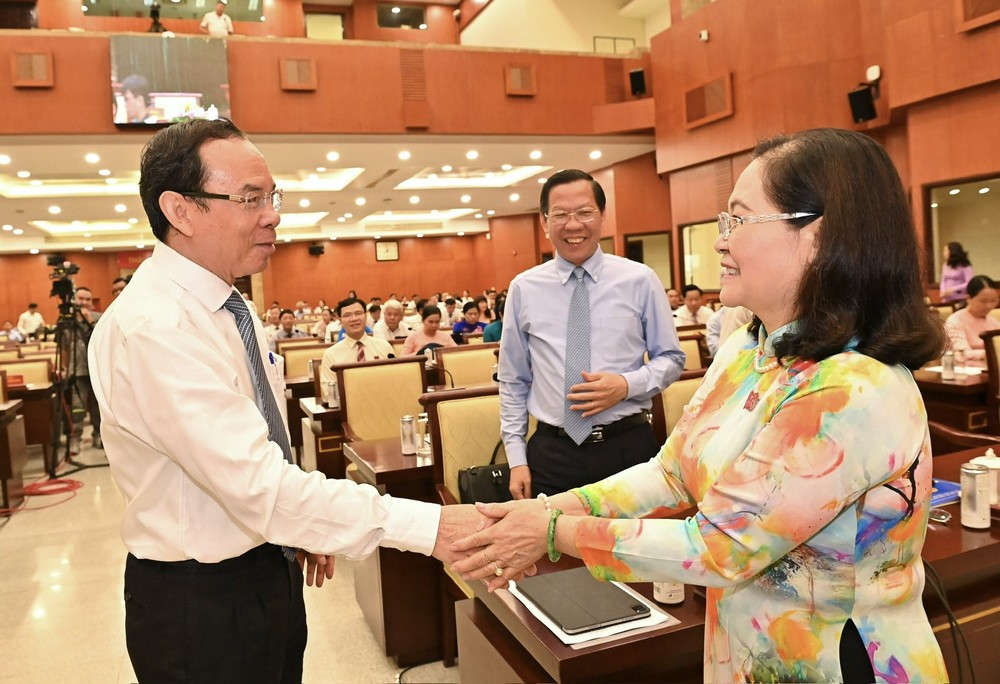
During the 17th session of the tenth tenure of the Ho Chi Minh City People’s Council, Deputy Chairman of the People’s Committee Duong Ngoc Hai presented a summary report on the economic and social situation in the first six months of the year. The report also highlighted the key tasks for the remaining 6 months, including the effective implementation of digital transformation and the National Assembly’s Resolution No. 98/2023/QH15.
In the last six months, the Ho Chi Minh City People’s Committee has outlined several key tasks and solutions to promote economic and social development. These efforts focus on accelerating progress in critical projects and striving for a disbursement rate of over 95 percent of the annual plan.
In the first six months of the year, Ho Chi Minh City achieved several positive outcomes in its economic and social development. The Gross Regional Domestic Product (GRDP) increased by approximately 6.46 percent compared to the same period last year. Retail sales of goods rose by 8.8 percent, exports reached around $26.67 billion (a 10.34 percent increase), and imports amounted to about $27.7 billion (a 5.18 percent increase). The Industrial Production Index (IIP) grew by 5.5 percent.
Additionally, the number of newly established businesses increased by 9.6 percent, and state budget revenue reached 55.38 percent of the estimated target, representing a 17.31 percent increase compared to the same period1.
The tourism sector continued to maintain growth, both in terms of revenue and the number of visitors. Total tourism revenue increased by 14.6 percent, and international arrivals to Ho Chi Minh City were estimated to rise by 38 percent. The employment resolution rate increased by 2.44 percent, and new job creation improved by 1.55 percent.
Furthermore, Ho Chi Minh City initiated the construction of Urban Railway Line 2 and workers worked relentlessly through the Tet holidays (the Lunar New Year) to finish key transportation projects as per schedule.
Despite improvements in certain indicators, some targets set by the city were not fully met according to the city People's Committee. For instance, foreign direct investment attraction decreased by 19.5 percent compared to the same period1. The coordination between investors and local authorities in compensation and resettlement efforts also faced challenges in meeting deadlines.
In the coming period, the Ho Chi Minh City People’s Committee has outlined several key tasks and solutions such as accelerating the implementation of critical projects and striving for a disbursement rate of over 95 percent of the annual plan. The city also aims to remove obstacles and implement policies in accordance with the National Assembly’s Resolution No. 98.
Additionally, HCMC will work on the 2021-2030 city master plan, with a vision extending to 2050, following approval by the Prime Minister (expected in early August 2024). The city will also complete the adjustment of the general master plan for TPHCM up to 2040, with a vision to 2060 and the master plan for Thu Duc City up to 2040.
Furthermore, the city People's Committee will develop guidelines for implementing the Land Law in 2024. Alongside this, efforts will be made to review and expedite the development of the school network, aiming to achieve 300 classrooms per 10,000 population within the school-age range by the end of 2025.
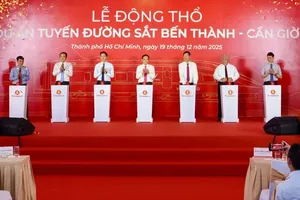



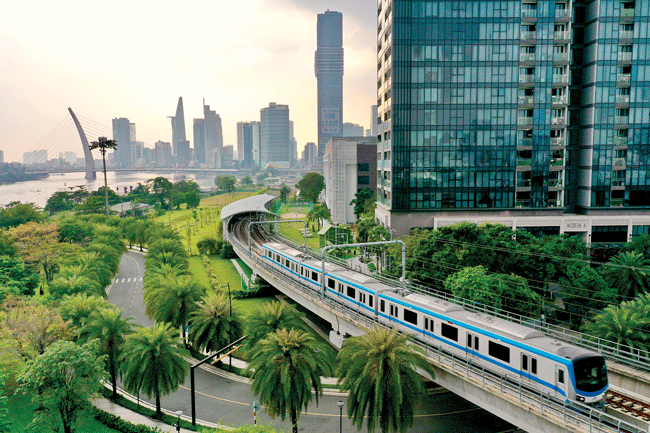
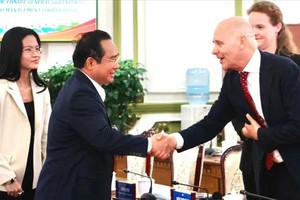


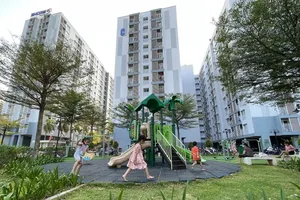

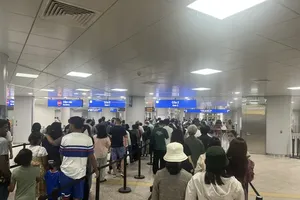
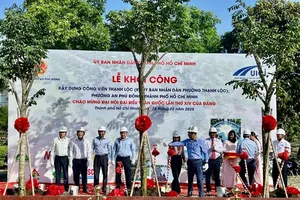
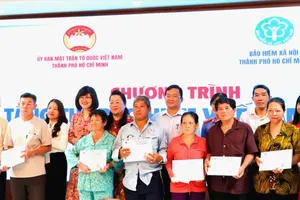
)

